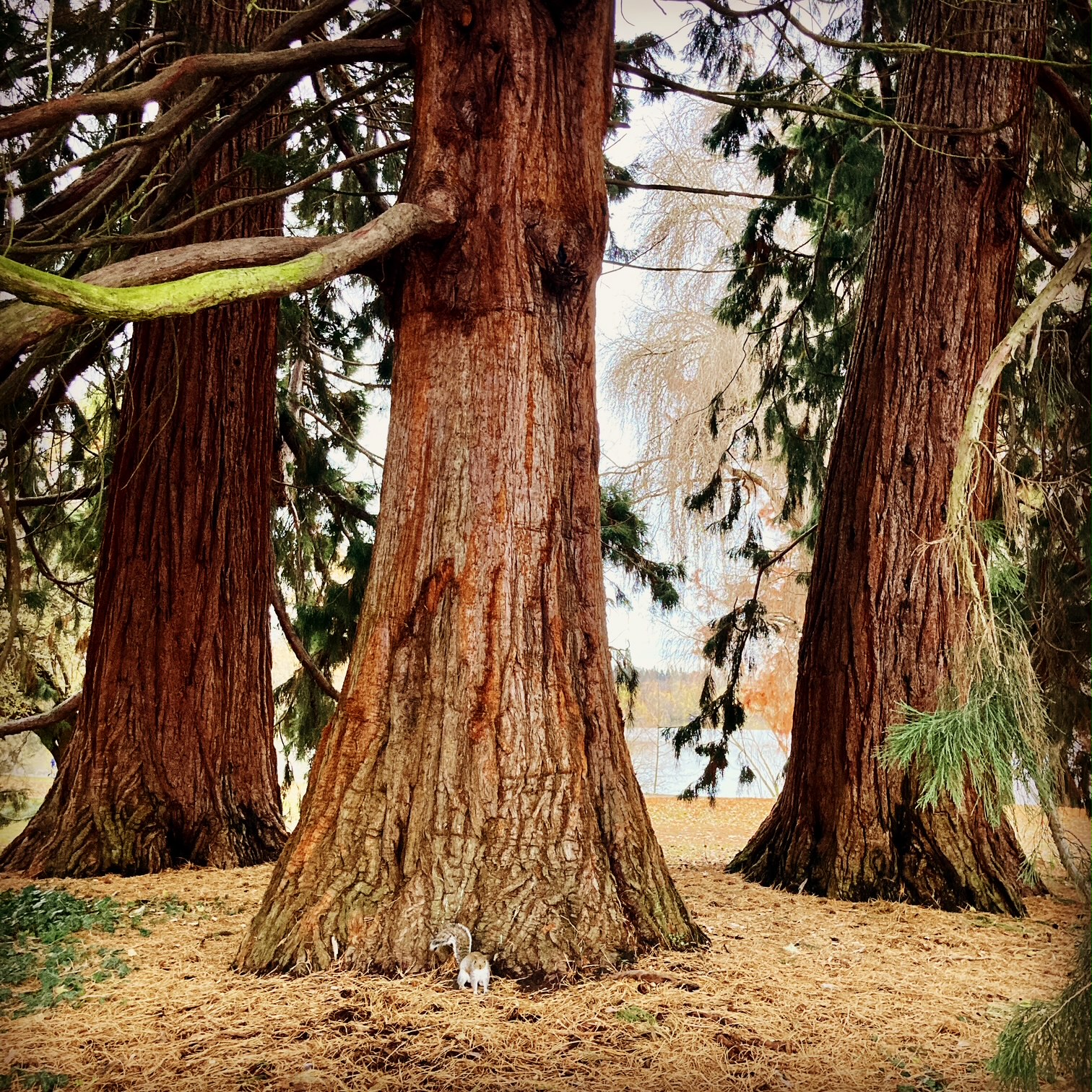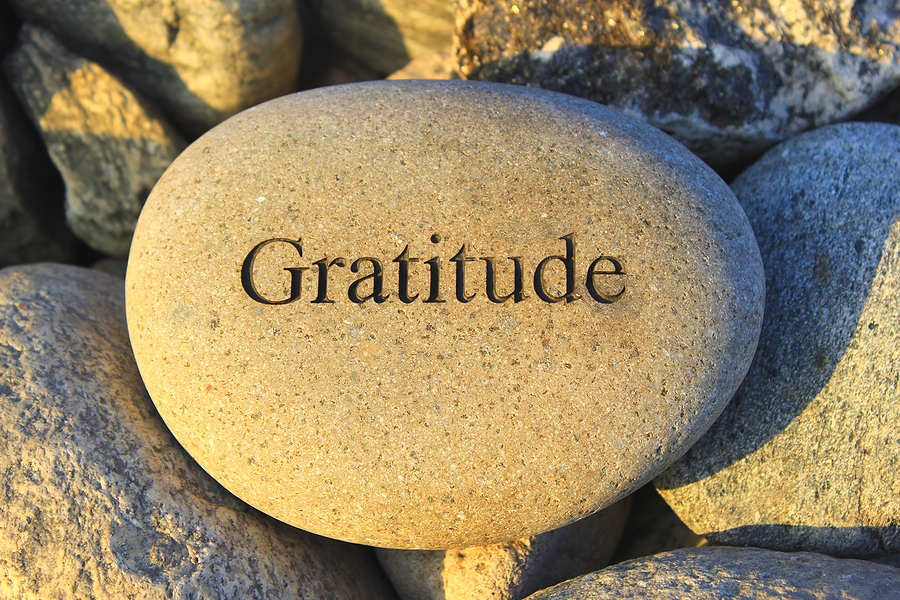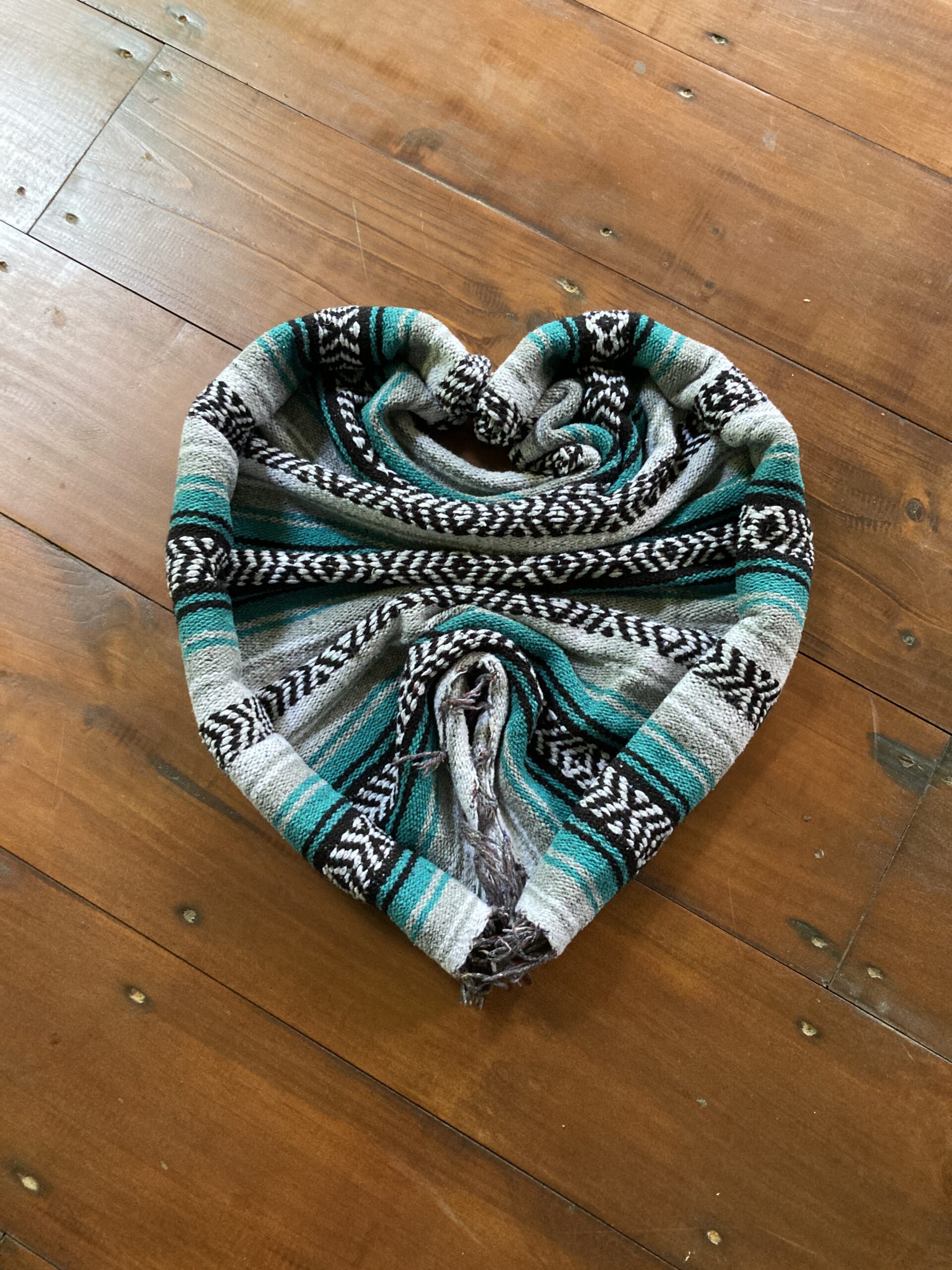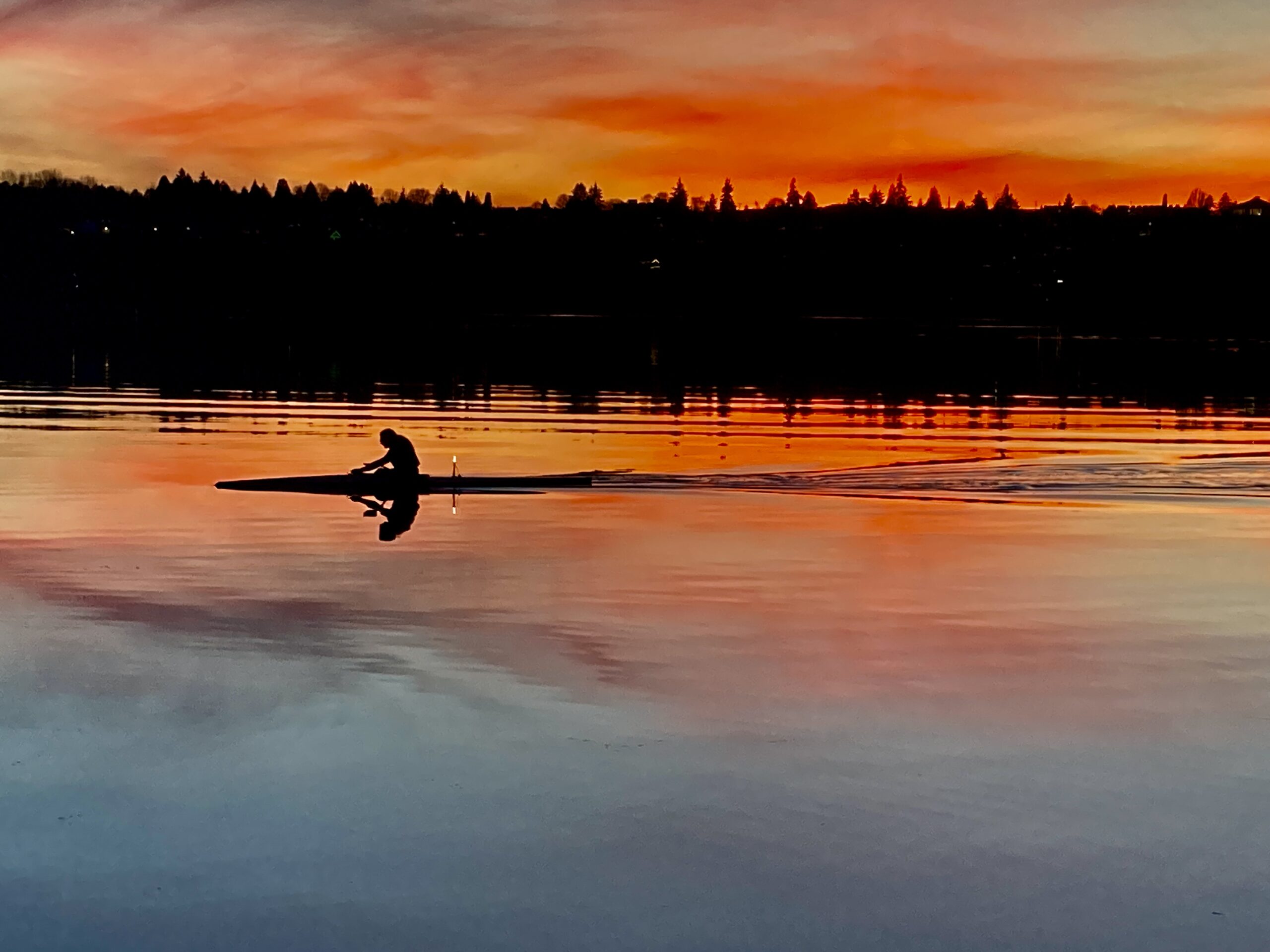Hello from Chennai, South India! I arrived at the Chennai airport yesterday, tired beyond tired. We went through immigration, collected our luggage, found our driver, and checked into our hotel around 4am. After a relaxing shower, it must have been 5am by the time I slipped into bed with the AC blasting. I had been traveling for over 24 hours.
I awoke at noon. Where am I? What day is it? What’s today’s date? I looked at the clock. The curtains are heavy and the room dark. Is it noon or midnight? I got up, stared out the window at the guava tree, and eventually figured things out.
I took the rest of the day to relax and catch my breath. I met with the group for happy hour and then dinner at the hotel.
This morning started with yoga on the 8th floor of the hotel in a room called The Club Lounge. I was the last one to arrive at my own yoga class because the elevator wouldn’t accept my key-card which is supposed to give me access to the 8th floor. After a lot of fumbling and running around, I finally arrived to find everyone already set up for the yoga session. We had a very nice yoga session. Decompression was the yoga theme!
Yoga was followed by breakfast and by 9:30am, our decompressed bodies were experiencing our first tour of the trip, a tour of Chennai. I will include photos from today’s tour.
Before we left the hotel, Kevin and I both looked up to see these ornate glass ornaments hanging from the ceiling. We both pulled out our cameras. I bet we got the same photo.

The temples of South India are so colorful! We visited the Kapaleashwarar Temple, a Hindu temple in Chennai dedicated to Shiva. The original temple on this site was built in the 8th century, but it was destroyed by the Portuguese. Later, the current Shiva temple (photo below) was rebuilt on the same site. Apparently, the Portuguese went around and destroyed many Hindu temples. When our local guide for the day, Lawrence (whom Kevin dubbed Lawrence-of-Chennai), referred to the temple-destroying Portuguese, he called them “antisocial” people. He also said that the people who killed St. Thomas the Apostle were “antisocial”. We finally figured out that “antisocial” is a euphemism used to describe destructive people or forces.



And below you have the temple cows. They are very much revered. They are kept behind these barred doors as a form of “protection”. People bring grass clippings and other goodies to hand feed them. The cows, with their painted horns, are friendly and come up to eat the grass through the wire barrier. Blessings come to those who feed the cows. This woman lovingly pat the cow’s head and then brought her hand to her own forehead in deep reverence.
The temple cows are milked daily. Their milk is used to wash the deities of the temple. Of note, there are also temple cats who hang around, waiting to drink the milk drippings from the milk-washed deities.


And as we were leaving the temple, this lovely woman came around and put a garland of fragrant lotus blossoms around Kevin’s neck. She had to get on her tip-toes to place the garland on him. I’m sure initially she was hoping to make a sale. But Kevin hasn’t bought any rupees yet and I have a large bill I need to break and I left my wallet on the bus. Kevin started to give her the garland back and so she took it and wound it in my hair! At this point, she no longer cared to make a sale. She just wanted to give us the garland of lotus blossoms. Below is a photo of the sweet temple flower vendor.
Kevin did get a photo of me wearing the garland in my hair. However, I’m not posting that photo. There are actually rivulets of sweat streaming down my face and my hair looks plastered to my head. A photo does not lie. It’s darn right HOT here. Hot and humid.

And below is a photo of San Thome Church (so named by the Portuguese), also known as St. Thomas Cathedral Basilica. Yes, in 52 AD, St. Thomas the Apostle arrived in Western India. In 64 AD, he came to Chennai. In 72 AD, St. Thomas the Apostle was killed by “antisocial” people. He was buried in Chennai and San Thome Church was built over his grave. (photo taken by Kevin)

Lastly, we had dosas for lunch. They are delicious. A dosa is like a thin pancake made of rice flour or lentil flour, stuffed with vegetables or potatoes and served on a banana leaf. There is a place to wash your hands in the back area of the restaurant and then you proceed to eat with your right hand. People will actually gasp and stare at you if you eat with your left hand in India (and in Africa and in many other places in the world). Seeing someone eat with their left hand is perceived as super-gross and holds a high shock value (similar to our response when we hear that the left hand is used in conjunction with water for cleaning/wiping after going to the toilet.
Back to food… it was delicious, but I had to laugh when I looked at everyone’s greasy hands! Everyone was such a good sport about eating with our right hand, but we couldn’t wait to wash the ghee off our fingers. But yes, Greasy-Ghee-Ghee-Glee hands washed and onward to finish our tour and eventually return back to the hotel where I am happily writing this blog.








So much beautiful color!!